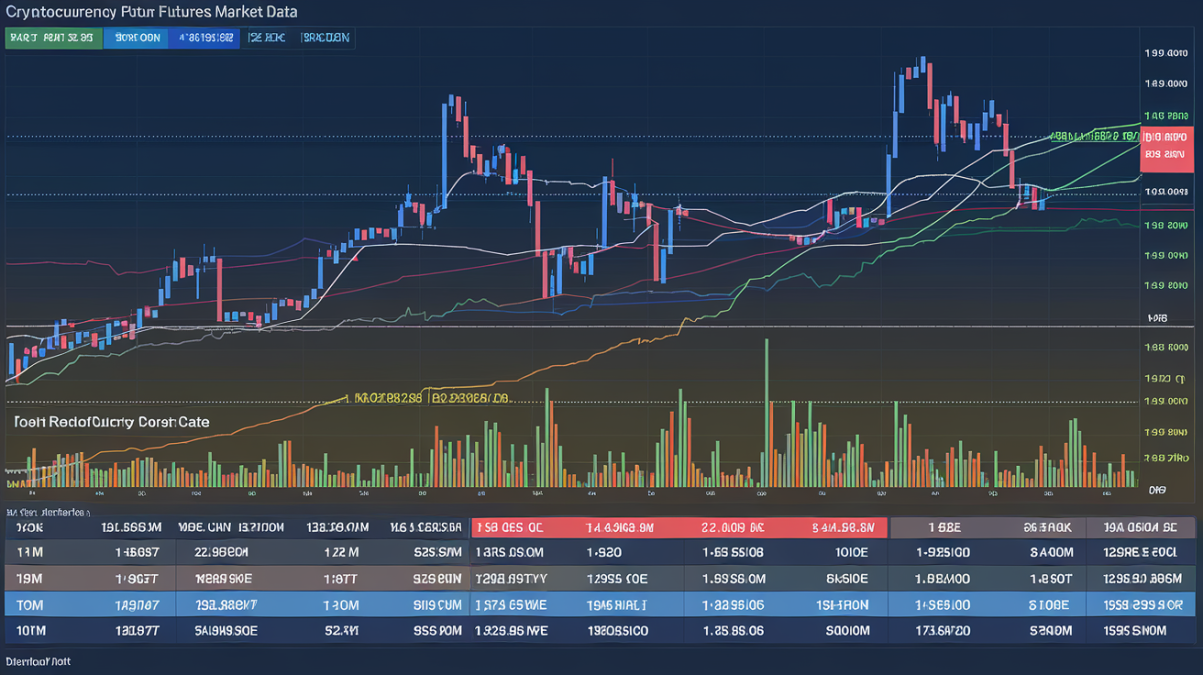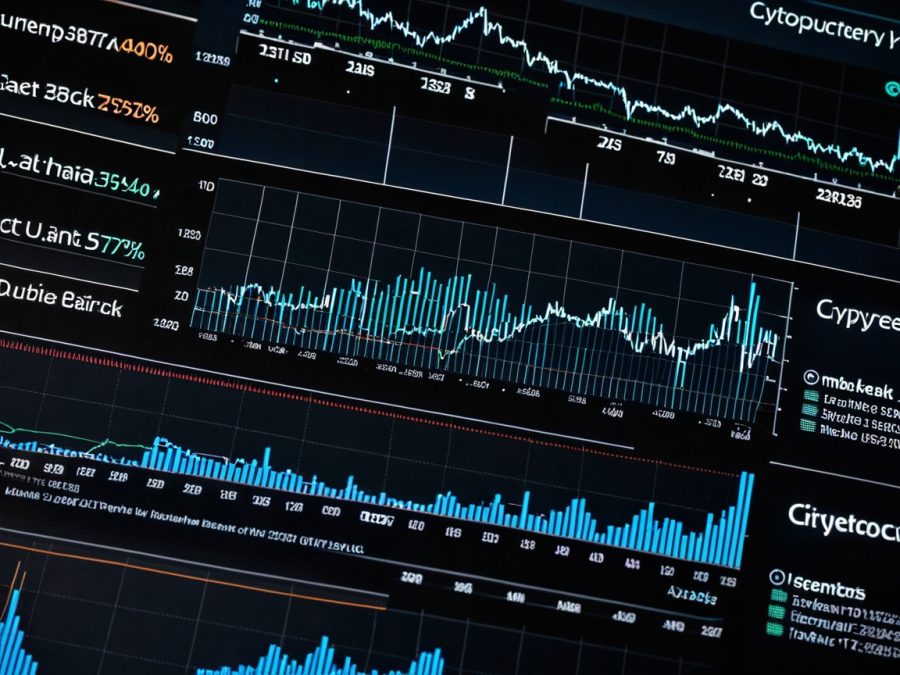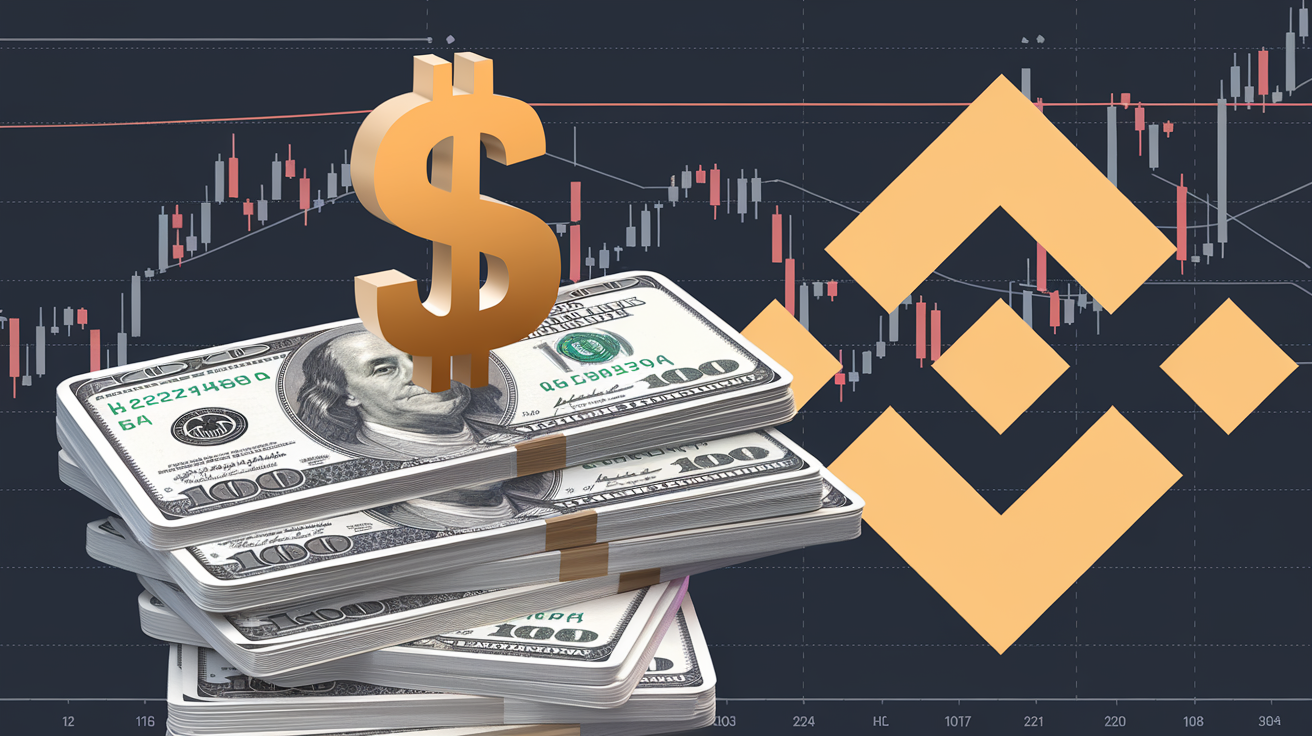1. Introduction to Cryptocurrency Futures Market Data
The cryptocurrency futures market data has become a cornerstone for traders and institutions navigating the volatile digital asset landscape. By analyzing real-time volume, open interest, and price trends, stakeholders gain insights into market sentiment and liquidity. Recent developments, like Coinbase’s 24/7 Bitcoin and Ethereum futures trading, underscore the growing significance of this data in shaping global crypto strategies.
2. The Rise of 24/7 Trading: Coinbase’s Game-Changing Move

Coinbase’s launch of round-the-clock Bitcoin and Ethereum futures trading in the U.S. marks a seismic shift in accessibility. Unlike traditional markets with fixed hours, this innovation aligns with crypto’s decentralized nature, allowing traders to act on cryptocurrency futures market data without time constraints. This move not only enhances liquidity but also positions Coinbase as a competitor to offshore giants like Binance.
3. Understanding Perpetual Futures Contracts in Crypto

Perpetual futures contracts, which lack expiration dates, are revolutionizing cryptocurrency futures market data. By eliminating roll-over costs and expiry-related volatility, these instruments offer unparalleled flexibility. Coinbase’s adoption of perpetuals caters to both retail and institutional traders, reflecting a broader industry shift toward products that mirror crypto’s non-stop trading ethos.
4. How Cryptocurrency Futures Market Data Reflects Global Trends

The $1.3 trillion monthly volume reported in September 2023 highlights the explosive growth of crypto derivatives. Cryptocurrency futures market data reveals heightened institutional participation and hedging activities, particularly amid macroeconomic uncertainties. This data also mirrors regional trends, such as the U.S. catching up to Asian and European markets in derivatives adoption.
5. Regulatory Hurdles and the CFTC’s Role in U.S. Markets
Coinbase’s collaboration with the CFTC to legitimize perpetual futures illustrates the tightrope walk between innovation and regulation. Clear guidelines could attract more institutional players, boosting the credibility of cryptocurrency futures market data. However, stringent rules may also stifle creativity, as seen in CME Group’s Sunday trading halt—a relic of traditional finance.
6. Coinbase vs. CME Group: A Clash of Trading Titans
While Coinbase leverages 24/7 accessibility, CME Group dominates with $10 billion in daily crypto futures volume. Yet CME’s Sunday closures contrast starkly with crypto’s relentless pace. Cryptocurrency futures market data from these platforms shows a divide: CME appeals to institutions seeking stability, while Coinbase targets agile traders demanding non-stop action.
7. Robinhood’s Entry into Crypto Futures: Simplifying for Retail Investors
Robinhood’s foray into Bitcoin and Ethereum futures underscores the democratization of derivatives. By simplifying complex instruments, Robinhood could expand retail participation, altering cryptocurrency futures market data trends. This contrasts with Coinbase’s professional focus, highlighting a market split between novice-friendly platforms and institutional hubs.
8. Analyzing the $1.3 Trillion Cryptocurrency Futures Market Data
The record-breaking derivatives volume in 2023 signals a paradigm shift. Cryptocurrency futures market data now surpasses spot trading, driven by leverage opportunities and risk management tools. Platforms offering perpetual contracts, like Coinbase, are pivotal in capturing this surge, as seen in their expanding user bases and liquidity pools.
9. The Impact of Non-Stop Trading on Market Liquidity
24/7 trading eliminates gaps caused by traditional market hours, ensuring smoother price discovery. Enhanced liquidity, reflected in cryptocurrency futures market data, reduces slippage and volatility during off-peak hours. Coinbase’s model could set a precedent, pressuring rivals like CME to modernize their schedules.
10. Offshore vs. Onshore: The Battle for Futures Market Dominance
Offshore platforms like Bybit historically dominated perpetual futures due to lax regulations. Coinbase’s U.S.-compliant offering challenges this hegemony, attracting traders wary of jurisdictional risks. Cryptocurrency futures market data from onshore platforms may soon reflect higher transparency and institutional inflows, reshaping global derivatives dynamics.
11. Technological Innovations Driving Cryptocurrency Futures Trading
Advanced APIs, algorithmic trading bots, and AI-driven analytics are transforming how traders interpret cryptocurrency futures market data. Coinbase’s infrastructure upgrades to support 24/7 trading exemplify the tech arms race in derivatives, where latency and reliability dictate market share.
12. Institutional vs. Retail: Who Dominates the Futures Market Data?
While institutions drive volume on platforms like CME, retail traders fuel growth on Coinbase and Robinhood. Cryptocurrency futures market data reveals this duality: institutional activity stabilizes markets, while retail participation amplifies volatility. Balancing both segments is key to sustaining long-term growth.
13. The Role of Cryptocurrency Futures in Portfolio Diversification
Futures enable exposure to crypto without direct asset ownership, appealing to cautious investors. Cryptocurrency futures market data shows increasing use of derivatives for hedging against spot market swings, particularly during events like Bitcoin halvings or regulatory announcements.
14. Challenges and Risks in Interpreting Futures Market Data
Despite its utility, cryptocurrency futures market data can be misleading. Leverage-induced liquidations, wash trading, and data latency pose risks. Platforms must enhance transparency—a challenge Coinbase addresses through CFTC collaboration—to build trust in derivatives metrics.
15. The Future of Cryptocurrency Futures: Trends to Watch
The integration of real-time cryptocurrency futures market data into AI models, the rise of ESG-compliant derivatives, and cross-platform interoperability will shape the next decade. As Coinbase and CME innovate, traders must stay attuned to data trends to capitalize on this $1.3 trillion arena.
Conclusion
Cryptocurrency futures market data is the linchpin of modern digital asset strategies, offering insights into liquidity, risk, and opportunity. With Coinbase’s 24/7 trading model and regulatory advancements, the U.S. is poised to redefine global derivatives dynamics. As the market evolves, leveraging accurate, real-time data will separate pioneers from spectators in the crypto revolution.
FAQs with Answers:
- What is cryptocurrency futures market data?
Cryptocurrency futures market data includes real-time metrics like trading volume, open interest, and price trends for derivatives contracts, helping traders gauge market sentiment and liquidity. - How does 24/7 trading impact futures market data?
Non-stop trading, like Coinbase’s Bitcoin and Ethereum futures, ensures continuous liquidity and price discovery, reducing volatility gaps and enhancing cryptocurrency futures market data accuracy. - Why is perpetual futures data important in crypto markets?
Perpetual futures (without expiration dates) dominate cryptocurrency futures market data, offering flexibility and mirroring crypto’s 24/7 nature, as seen in Coinbase’s recent U.S. launch. - How does regulation affect cryptocurrency futures data?
CFTC-compliant platforms like Coinbase improve data transparency and institutional trust, while offshore markets may lack oversight, skewing cryptocurrency futures market data reliability. - Where can I access reliable cryptocurrency futures market data?
Platforms like Coinbase, CME, and Bybit provide real-time futures data. Institutional tools and APIs also track cryptocurrency futures market data for hedging and trading strategies.




